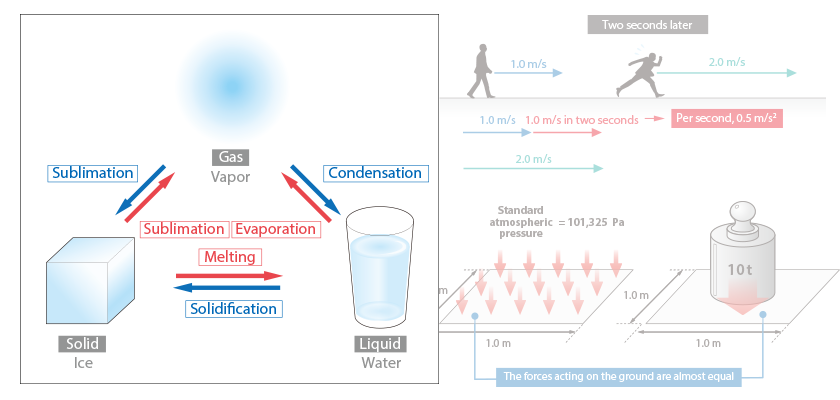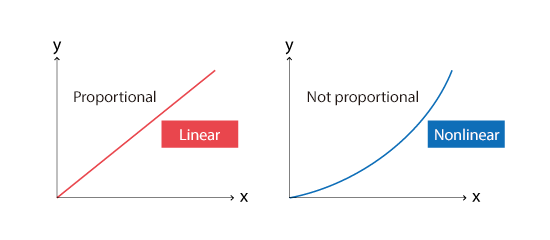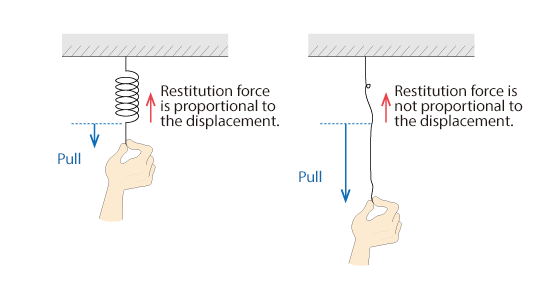Want to Know More! Basics of Thermo-Fluid Analysis 3: Chapter 1 What is thermo-fluid analysis? 1.2 Reasons to perform thermo-fluid analysis

1.2 Reasons to perform thermo-fluid analysis
It is known that fluid flow, heat transfer, and mass transfer can be expressed to some extent by a given form of equations. These equations are called governing equation. We can find the distributions of flow, temperature, and concentration if we can solve these equations.
No one, however, has succeeded in solving these equations “analytically”. Solving equations analytically means that you can get the solutions just by hand calculations and derivations as we do in a Calculus class. One of the reasons why the fundamental equations cannot be solved analytically is that the equations are nonlinear. In a simple term, being nonlinear means that the relationship is not proportional. Conversely, a proportional relationship is called linear.

Figure 1.5: Linear and nonlinear
Let us take a spring, for example. If we pull a spring not as strongly as to break it, a restitution force is exerted in proportion to the distance it is pulled. The relationship between this force and the displacement of the spring is therefore linear. If we pull the spring as strongly as to break it, however, the force and the displacement are no longer proportional. Their relationship becomes nonlinear.

Figure 1.6: Example of a spring
For a linear relationship, we can easily get a solution such that if the distance to pull the spring is doubled, so is the force. For a nonlinear relationship, however, we cannot easily get a solution because the force and the displacement of the spring are related in a more complex manner - we need to think about “how” we pulled the spring as well.
There are some nonlinear equations that can be converted into linear equations by changing their expressions; however, besides those exceptions, nonlinear equations cannot be solved analytically. That is why we have to solve the equations numerically using computers. Solving equations numerically means that we substitute some values into the equations and solve for an approximate solution. Since the equations of flow involve this kind of nonlinear parts, we need to use computers to simulate flow. That is thermo-fluid analysis.
The word CFD is commonly used in the same context as thermo-fluid analysis is, but CFD is technically not the same as thermo-fluid analysis. Research of phenomena using thermo-fluid analysis and studies of computation methods and techniques are called Computational Fluid Dynamics (or Numerical Fluid Dynamics). CFD is a contraction of this.

About the Author
Atsushi Ueyama | Born in September 1983, Hyogo, Japan )
He has a Doctor of Philosophy in Engineering from Osaka University. His doctoral research focused on numerical method for fluid-solid interaction problem. He is a consulting engineer at Software Cradle and provides technical support to Cradle customers. He is also an active lecturer at Cradle seminars and training courses and the author of serial articles Basic Course of Thermo-Fluid Analysis.


